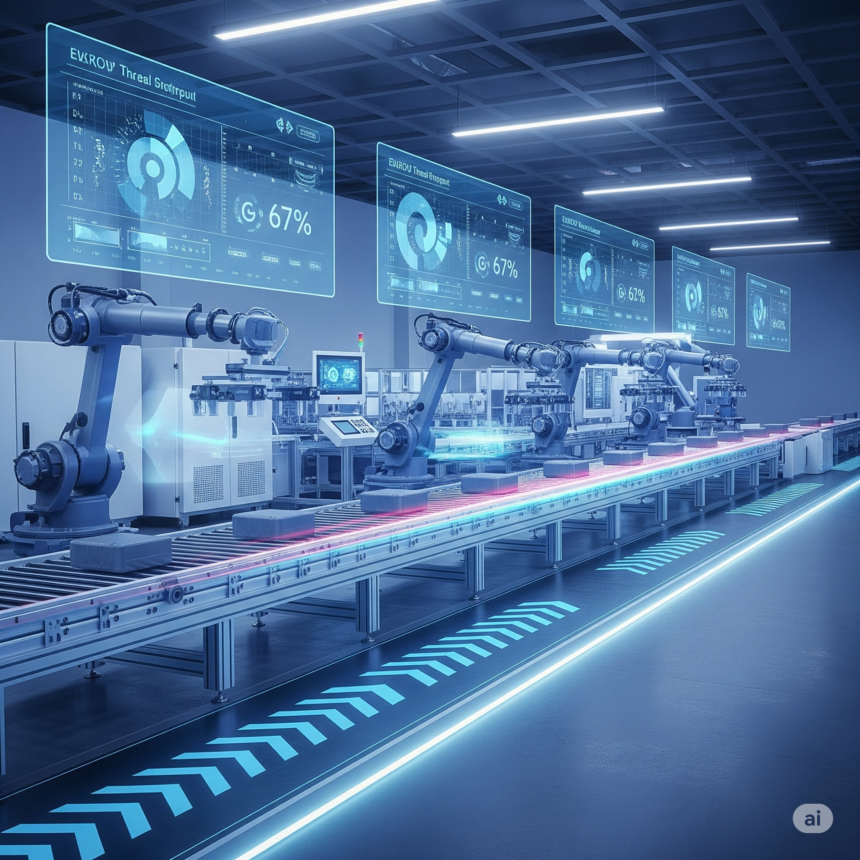In today’s fast-paced industrial and manufacturing landscapes, efficiency is the key to staying competitive. One of the most effective ways to optimize productivity and streamline operations is through the implementation of Continuous Feed Systems. These systems are transforming traditional workflows by ensuring a steady, uninterrupted flow of materials, data, or products, ultimately unlocking new levels of operational efficiency.
What are Continuous Feed Systems?
A Continuous Feed System is a method or technology designed to supply materials, information, or products consistently without interruption. Unlike batch processing, where work is done in discrete groups, continuous systems operate seamlessly, providing a constant stream that minimizes downtime and maximizes throughput.
Common applications include manufacturing lines, data processing, food production, and even digital content management. The core benefit is maintaining a smooth, unbroken flow that reduces delays, enhances quality, and increases overall output.
Benefits of Continuous Feed Systems
Implementing continuous feed systems offers numerous advantages:
- Increased Productivity: By ensuring an uninterrupted flow, these systems reduce idle time and keep processes moving at optimal speeds.
- Enhanced Quality Control: Continuous monitoring and consistent input lead to more uniform and higher-quality outputs.
- Reduced Waste: Minimizing stops and starts decreases material waste and energy consumption.
- Cost Efficiency: Streamlined operations translate into lower labor and operational costs.
- Flexibility: Modern continuous feed systems can be tailored to various industries and scaled according to needs.
How Continuous Feed Systems Unlock Efficiency
- Streamlining Operations: Continuous feeds eliminate bottlenecks that occur during batch changes or manual interventions. This smooth flow allows for faster turnaround times and higher throughput.
- Automation and Integration: Many continuous feed systems are integrated with automation technologies, such as robotics and IoT sensors, enabling real-time monitoring and adjustments. This reduces human error and ensures consistent quality.
- Data-Driven Improvements: Continuous systems generate valuable data that can be analyzed to identify inefficiencies, predict maintenance needs, and optimize processes further.
- Flexibility and Scalability: As demand fluctuates, continuous feed systems can often be adjusted to increase or decrease output without significant downtime.
Implementing Continuous Feed Systems
Successful integration of continuous feed systems involves careful planning:
- Assessment of Needs: Understand your specific operational requirements and identify areas where continuous flow can make the most impact.
- Technology Selection: Choose appropriate machinery and control systems that align with your industry standards.
- Staff Training: Ensure your team is trained to operate and maintain these systems effectively.
- Regular Maintenance: Keep equipment in optimal condition to prevent disruptions.
Why Choose Owngaming.co.uk?
At Owngaming.co.uk, we understand the importance of efficiency and precision in operational systems. While our primary focus is on gaming and digital content, we also offer insights and solutions related to technology integration, automation, and system optimization. If you’re exploring ways to implement continuous feed systems or seeking innovative solutions to enhance your workflow, visit us at owngaming.co.uk for expert guidance and tailored solutions.
Conclusion
Unlocking efficiency through Continuous Feed Systems is a strategic move that can revolutionize your operations. By ensuring a steady, reliable flow of materials or data, businesses can achieve higher productivity, better quality, and significant cost savings. Whether you’re in manufacturing, digital content, or any industry where continuous operations matter, embracing these systems is a step toward future-proofing your enterprise.












